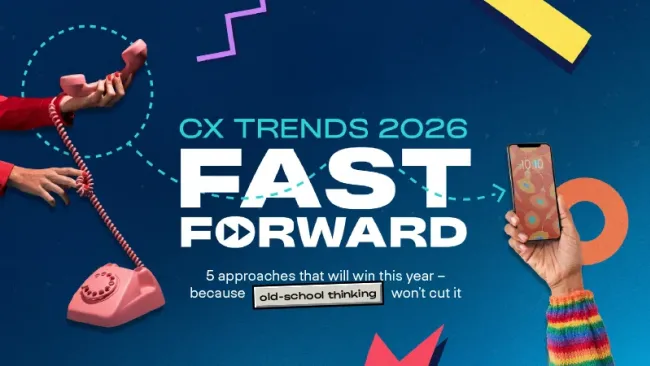Marketers, if your B2B website was on a “first date,” would it get a second one? For many websites, the answer is probably “no,” according to recent research by Forrester.
Many B2B websites would make poor conversation partners—their main focus is about what they do, they don’t relate to the other person, and they share dull stories that are nearly identical.
In short, companies are missing an opportunity to better engage buyers and drive sales with a buyer-centric approach. The upside is that even with just a few changes, companies can stand out from the competition, attract audiences, and generate greater demand.
Rethink your website from the prospect POV
In its research, Forrester evaluated 60 websites of leading enterprises across 12 industries such as human resources, manufacturing, marketing automation, sales enablement, investing, and medical products. The websites were judged on whether content spoke to buyers’ issues versus company products; if content was tailored for different audiences or roles; were infographics, videos, and other media used to highlight key information; was there a convenient way to connect with sales, and other criteria.
So, how did the websites do? The study showed that the vast majority of websites in the study failed to deliver an engaging content experience and only four sites received a passing score. Most of the websites focused on the company’s capabilities and offerings instead of demonstrating an understanding of buyers’ concerns.
“There are a number of reasons why marketers end up in this position and part of it is simply muscle memory,” says Laura Ramos, vice president and principal analyst at Forrester, who co-authored the report. “This is how marketers are used to portraying information, but industries are getting more competitive and people are demanding more.”
The importance of buyer-centric websites also speaks to a larger trend. “Whether you're a B2B or B2C company, people expect you as a brand to know something about them,” says Scott Mager, a principal with Deloitte Digital. “The question, how do I get the right content to the right person in the right channel at the right time to create the right optimum experience for that person should be top of mind [for marketers].”
Start with customer-focused content
An effective content marketing strategy is built on three pillars: buyer insights, buyer behavior, and content design. Creating compelling content means leveraging these three areas to demonstrate how well a company understands its target audience’s needs and challenges.
Some marketers, though, fear they’ll alienate potential buyers by taking a more focused approach to their content. “A common question that we hear from clients is, ‘won’t this narrow our audience?” Ramos says. Yes and no. Broad descriptions, Ramos explains, don’t communicate the value of a company’s products or services and require more work on the buyer’s part.
“The onus is on companies to do their research, figure out which types of customers and situations they want to work with and make it clear who the information is intended for,” Ramos says.
While creating a better website requires time and effort, there are a few relatively easy things companies can do to start, Ramos adds. Those low-hanging fruits include making sure the homepage is easy to navigate and that the site is optimized for every channel. If the company already has different types of content, allow visitors to indicate which types of information they’d be interested in (even better: filter the information by role or other relevant categories). Even companies in highly-regulated industries can improve the user experience by replacing jargon with concise definitions.
Be human
Research shows company websites are still one of the most effective tools for building brand awareness. Websites are also what often forms a prospect’s first impression of the company and its offerings. And prospects are more likely to turn into buyers if a company demonstrates that it understands the issues prospective buyers are looking to solve and is ready to help. Or as Ramos puts it, it’s about “giving content a human voice.”















